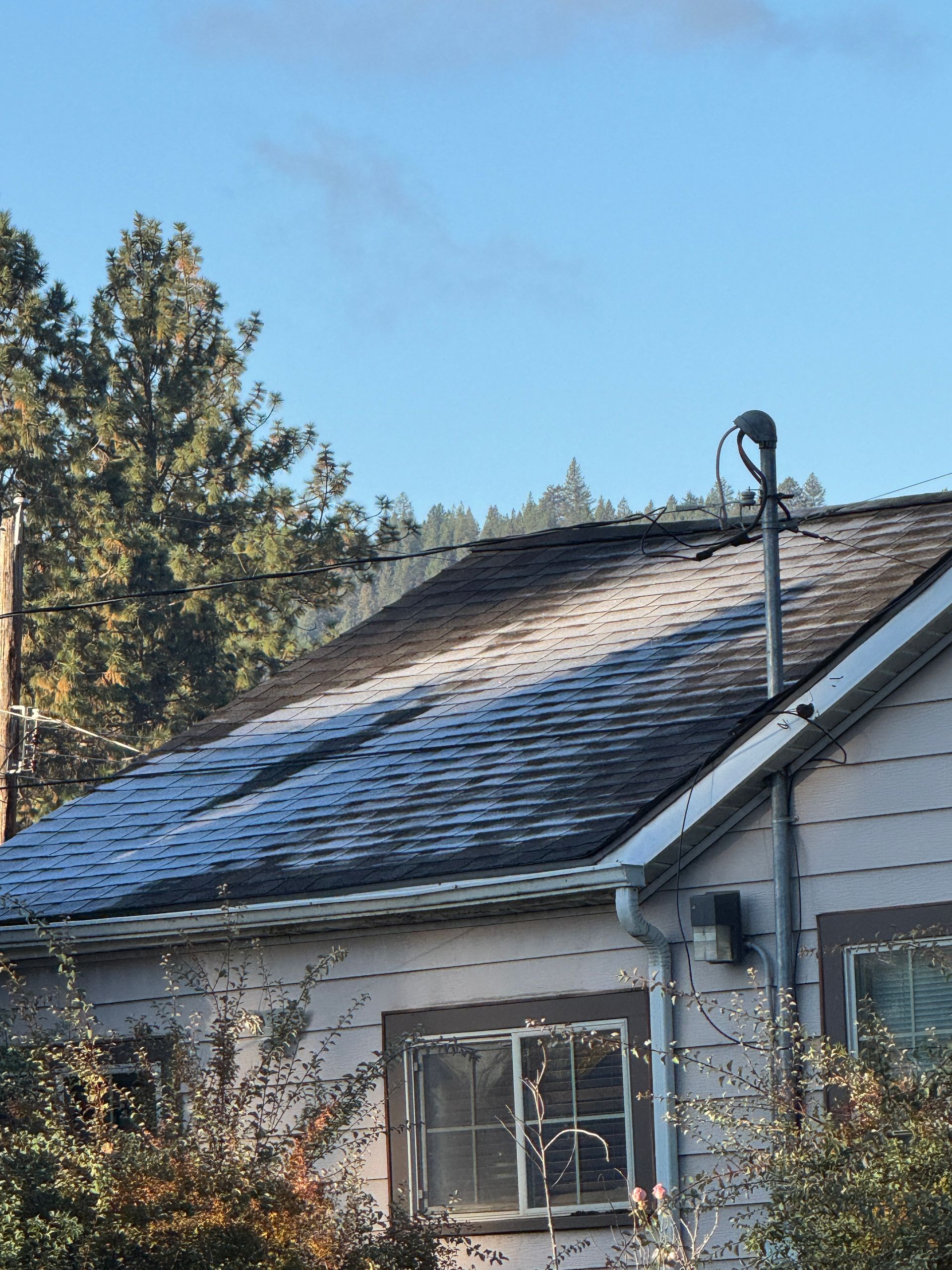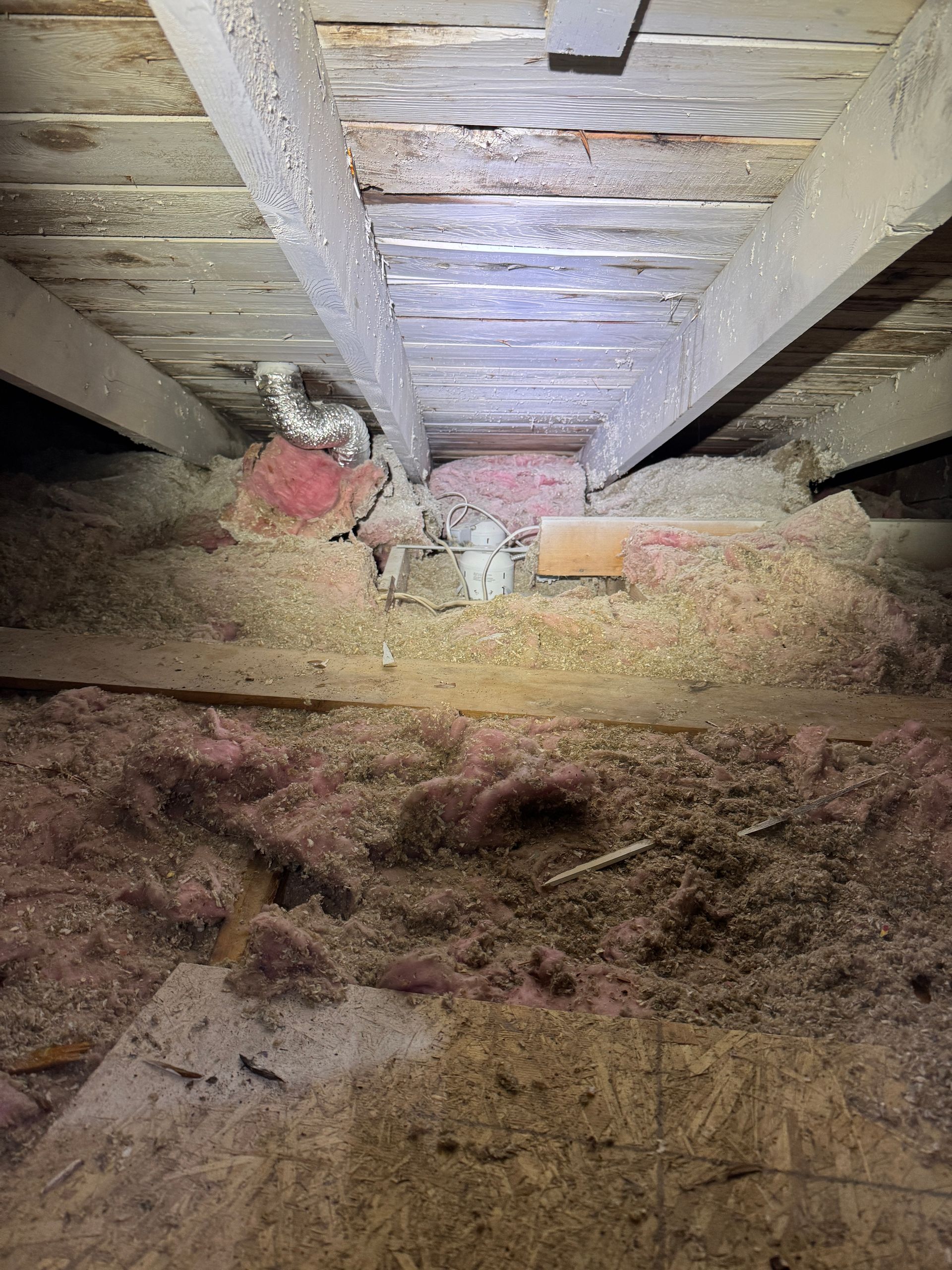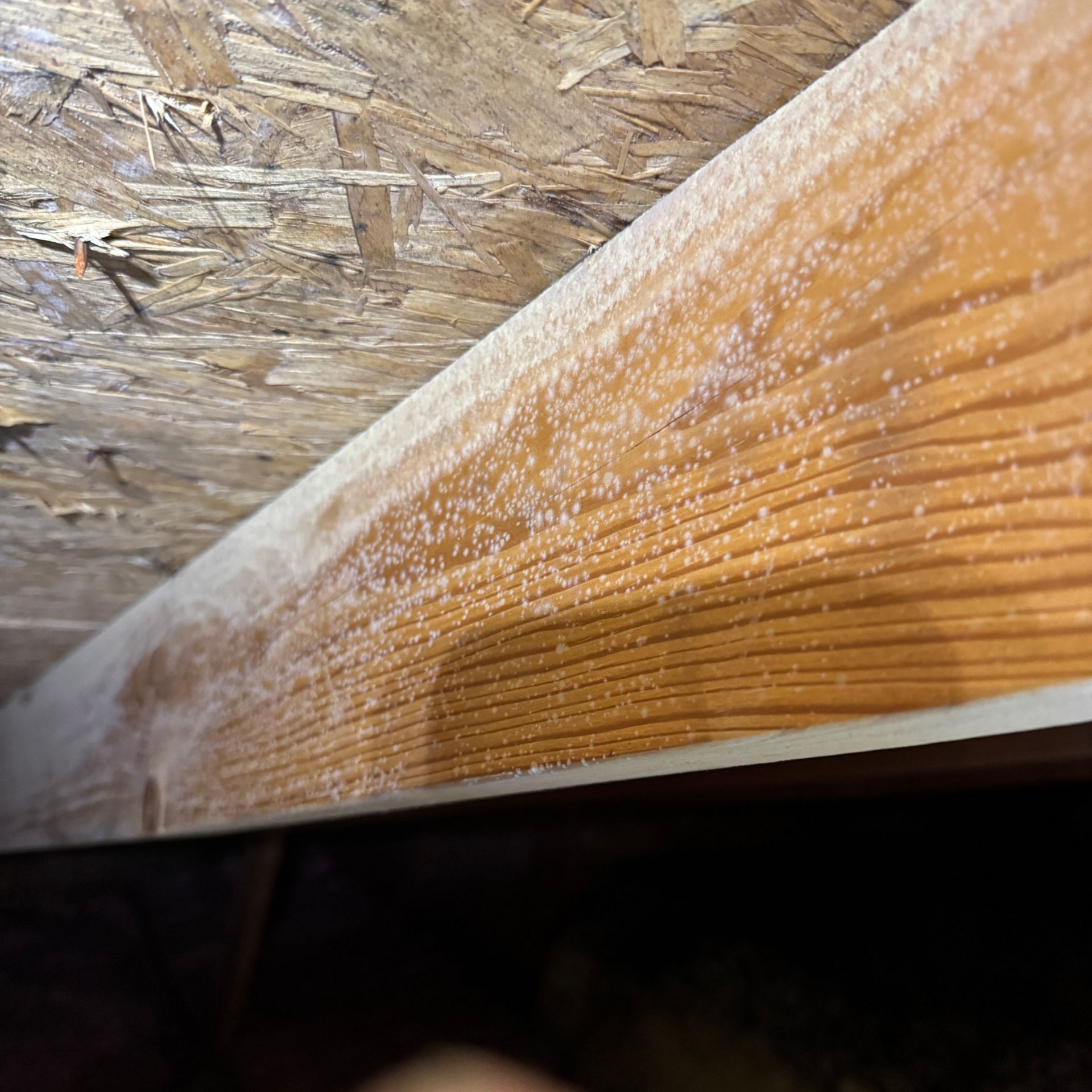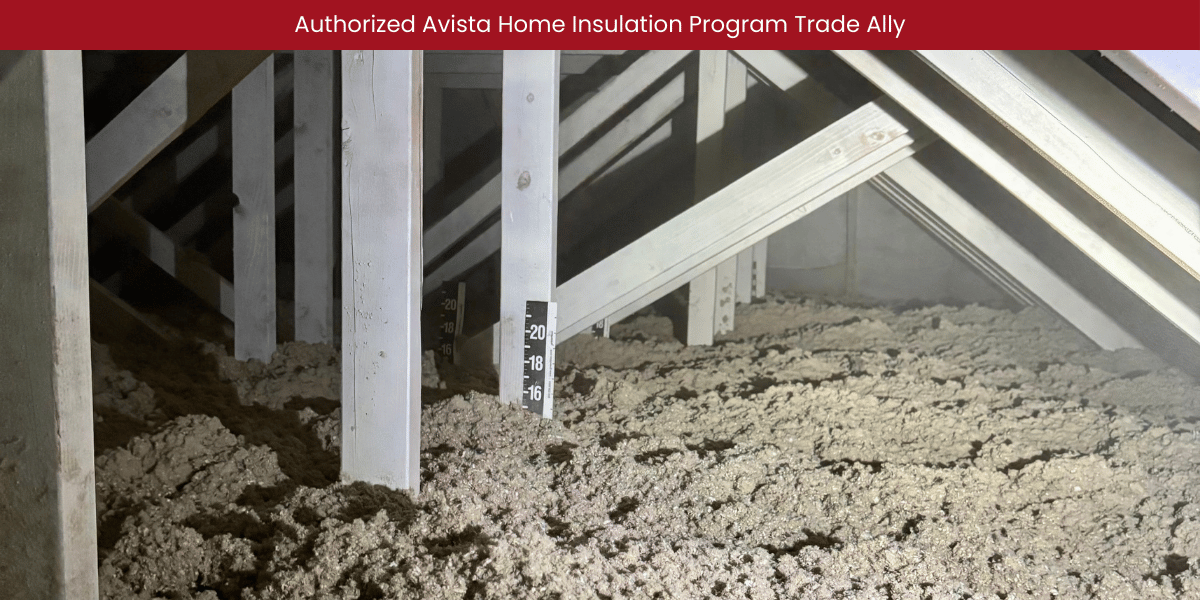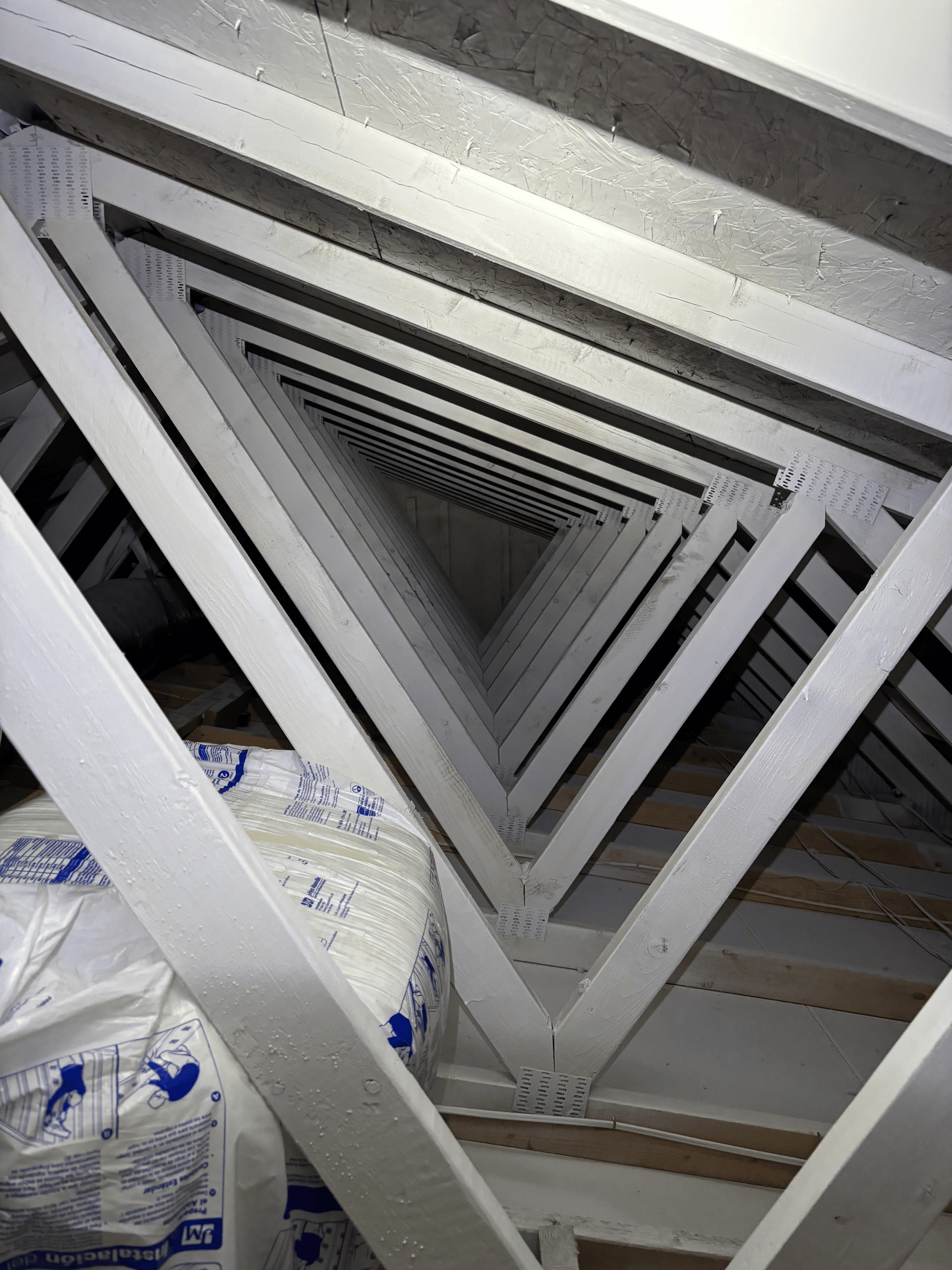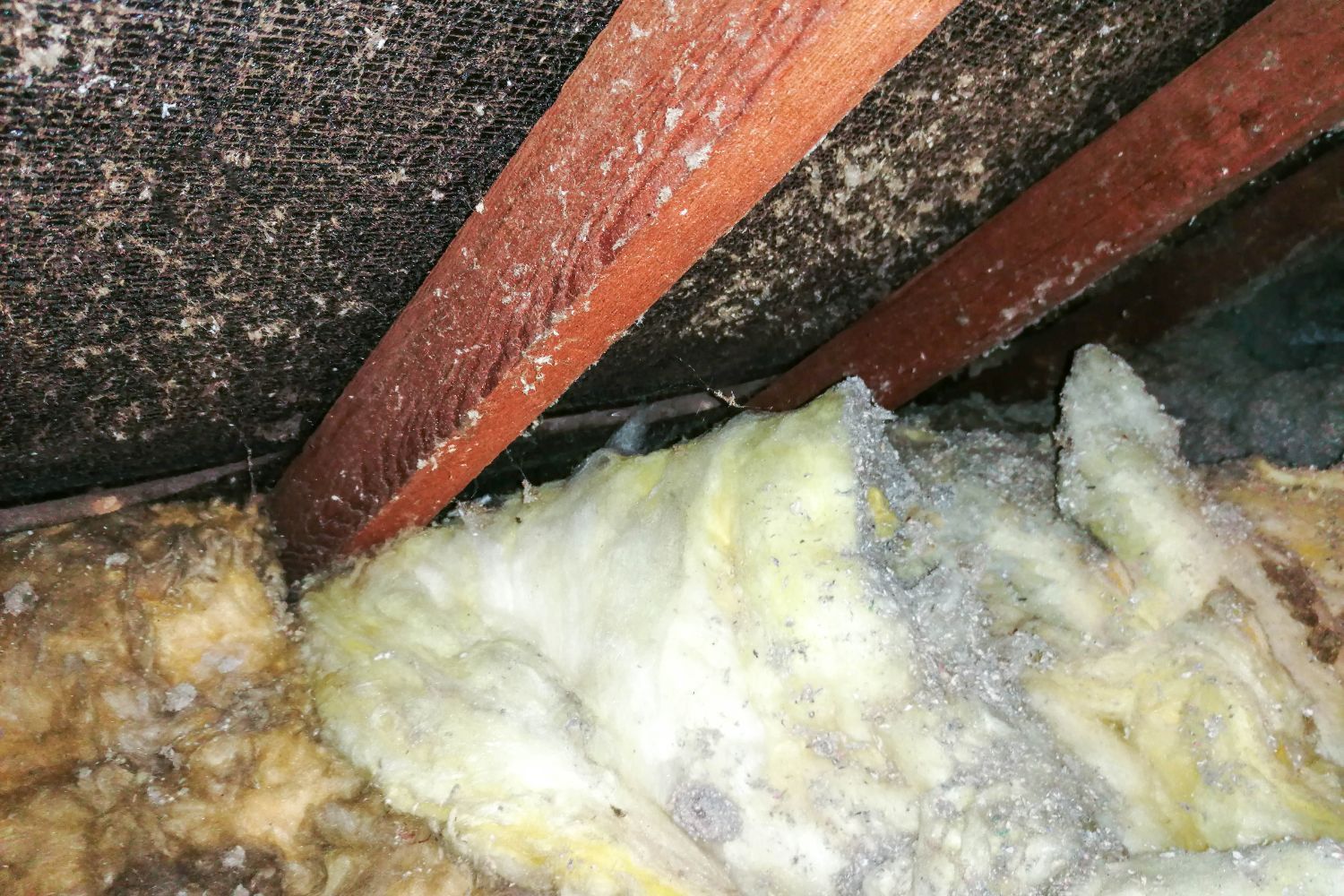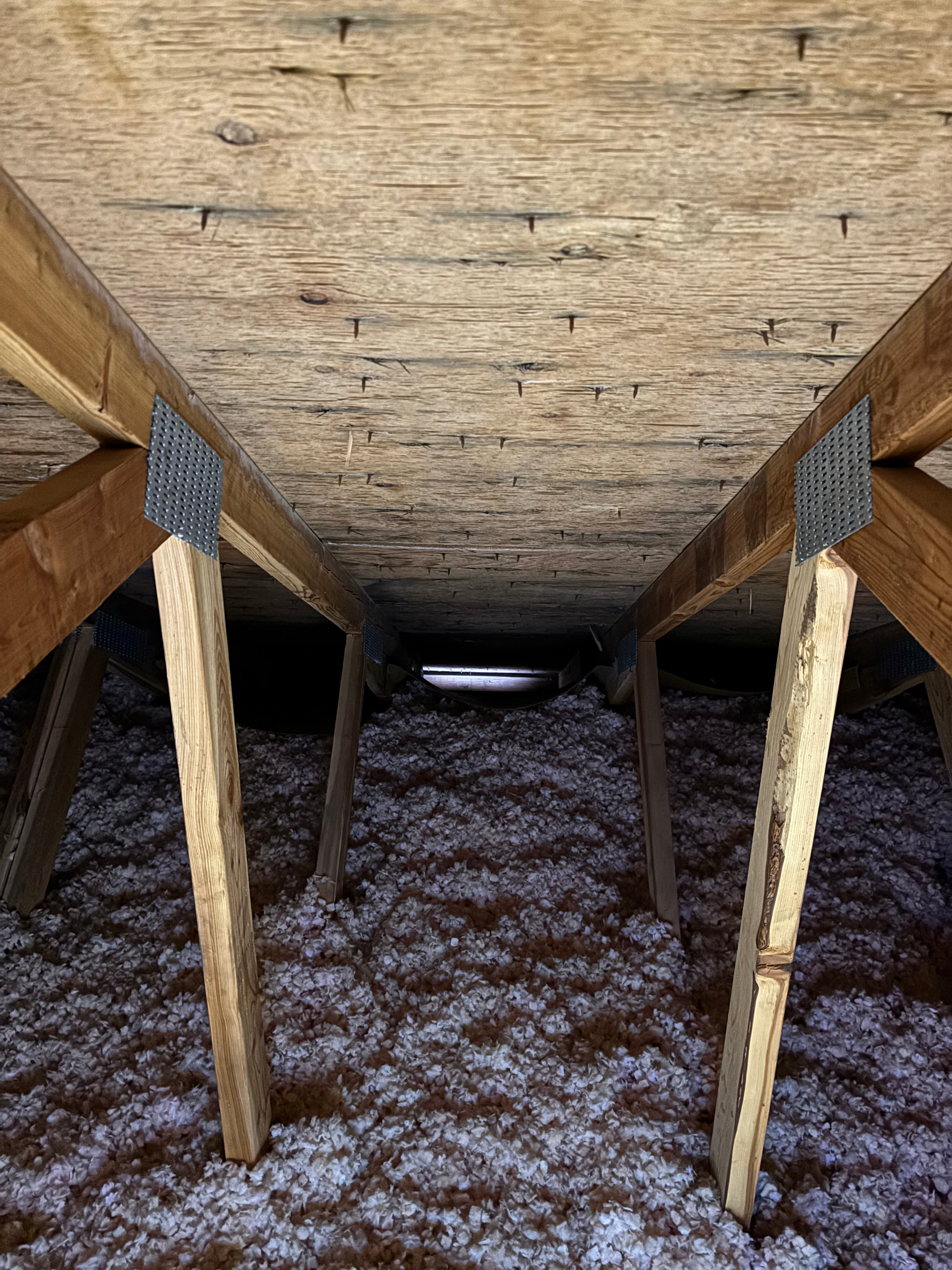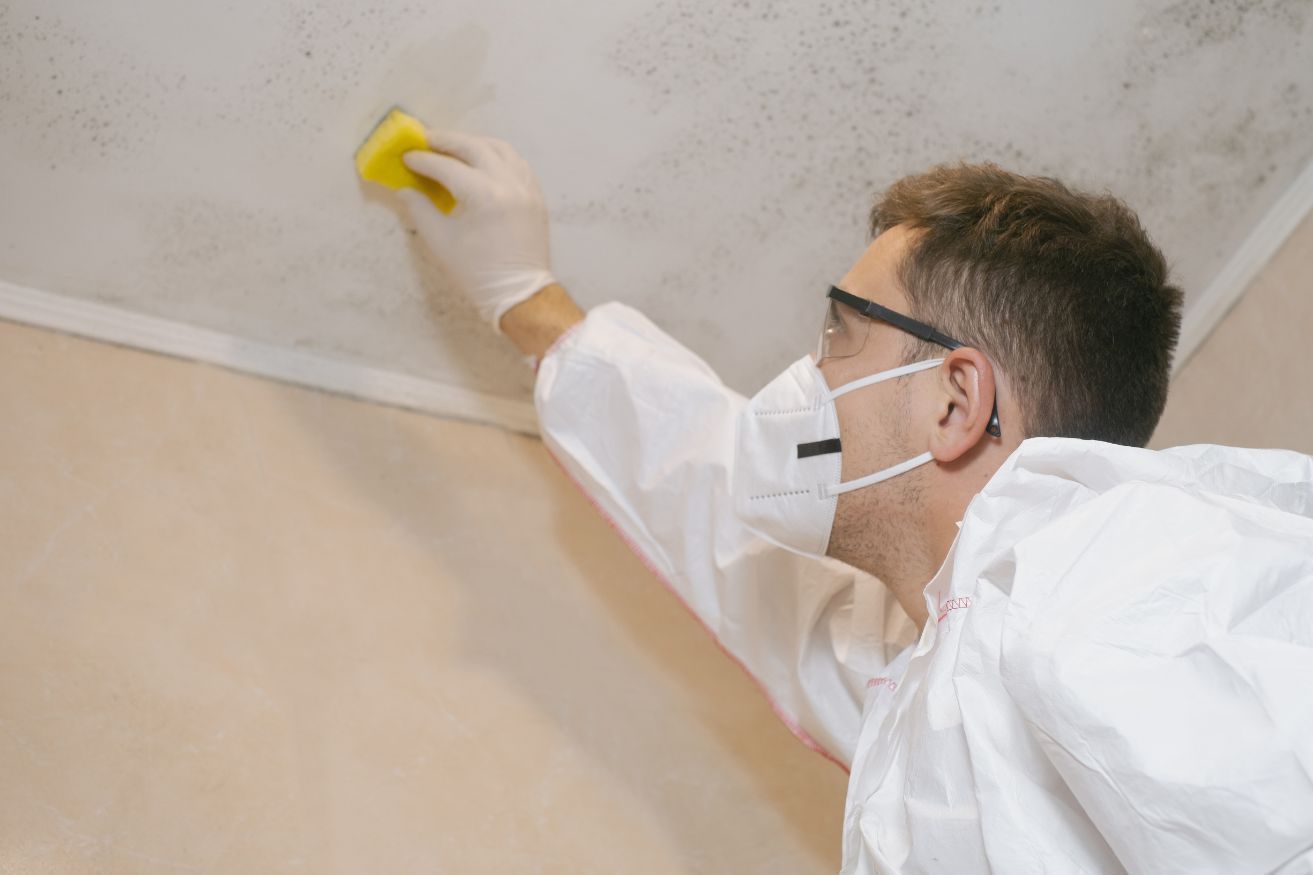Best Insulation for Cold Climates: Top Choices
Why Insulation Matters in Cold Climates
In regions where the winters are long and harsh, proper insulation is crucial for keeping your home warm and energy-efficient. Insulation acts as a barrier to heat loss, ensuring that your home retains warmth even when the temperature outside plummets. But with so many options available, how do you determine which insulation material is best for your needs? This guide will walk you through the top insulation materials suited for cold climates, helping you make an informed decision.
Why Insulation Matters in Cold Climates
Insulation is essential in cold climates to maintain a comfortable indoor temperature while minimizing energy costs. Without proper insulation, heat escapes through walls, roofs, and floors, leading to increased heating demands and higher energy bills. Effective insulation not only keeps your home warm but also contributes to environmental conservation by reducing energy consumption.
Factors to Consider When Choosing Insulation
Before diving into specific materials, it's important to consider factors that can influence your choice of insulation:
- R-value: This measures the material's resistance to heat flow. The higher the R-value, the better the insulating power.
- Moisture resistance: Cold climates often come with snow and ice, making moisture-resistant insulation crucial.
- Durability: You want insulation that will last and perform well over time.
- Installation area: Different areas of the home, such as walls, attics, and basements, may require different types of insulation.
Top Insulation Materials for Cold Climates
Fiberglass Insulation
Fiberglass insulation is one of the most commonly used materials in cold climates. It consists of fine glass fibers and is available in batts, rolls, and loose-fill forms.
- R-value: Typically ranges from R-2.9 to R-3.8 per inch.
- Pros: Affordable, non-combustible, and resistant to moisture damage.
- Cons: Requires careful handling due to the potential for skin and respiratory irritation.
Spray Foam Insulation
Spray foam insulation is a versatile option that expands upon application, filling gaps and sealing leaks effectively.
- R-value: Closed-cell foam has an R-value of about R-6.5 per inch, while open-cell foam is around R-3.7 per inch.
- Pros: Excellent air barrier, high R-value, and adds structural strength.
- Cons: More expensive than other options and requires professional installation.
Cellulose Insulation
Made from recycled paper products, cellulose insulation is an eco-friendly choice that can be blown into attics and walls.
- R-value: Approximately R-3.2 to R-3.8 per inch.
- Pros: Environmentally friendly, effective at reducing air leaks, and treated to resist pests and fire.
- Cons: Can settle over time, potentially reducing its effectiveness.
Mineral Wool Insulation
Mineral wool, including rock wool and slag wool, is known for its excellent fire resistance and soundproofing qualities.
- R-value: Around R-3.0 to R-3.3 per inch.
- Pros: Fire-resistant, soundproof, and water-repellent.
- Cons: Can be more expensive than fiberglass and may require protective gear during installation.
Rigid Foam Board Insulation
Rigid foam boards are commonly used for insulating exterior walls, roofs, and foundations.
- R-value: Varies depending on the type, with extruded polystyrene (XPS) offering R-5 per inch.
- Pros: High insulating value, moisture-resistant, and easy to install.
- Cons: Less effective at soundproofing and can be costly.
Best Insulation for Different Areas of Your Home
Attics
The attic is often the biggest source of heat loss in a home, making it a critical area for insulation.
- Best choice: Spray foam or blown-in cellulose are effective for attics due to their ability to fill gaps and seal air leaks.
Exterior Walls
Properly insulated exterior walls prevent heat from escaping and cold air from penetrating your home.
- Best choice: Rigid foam boards are ideal for exterior walls as they provide a continuous insulation layer, reducing thermal bridging.
Basements
Basements can be challenging to insulate due to moisture concerns.
- Best choice: Closed-cell spray foam is excellent for basements as it acts as both an insulator and moisture barrier.
Tips for Effective Insulation
- Seal air leaks: Before installing insulation, seal any air leaks around windows, doors, and other openings to enhance efficiency.
- Professional installation: Consider hiring professionals for insulation installation to ensure optimal coverage and performance.
- Regular maintenance: Check your insulation periodically for signs of wear or damage, and replace or repair as needed.
Conclusion
Home insulation
Choosing the right insulation material for cold climates is essential for maintaining a warm, energy-efficient home. By considering factors such as R-value, moisture resistance, and installation area, you can select the best insulation for your needs. Whether you opt for fiberglass, spray foam, cellulose, mineral wool, or rigid foam boards, proper insulation will help keep your home cozy and your energy bills in check.
Investing in high-quality insulation now will pay off in comfort and savings for years to come. Make sure to assess your home's specific needs and consult with professionals if necessary to achieve the best results.


